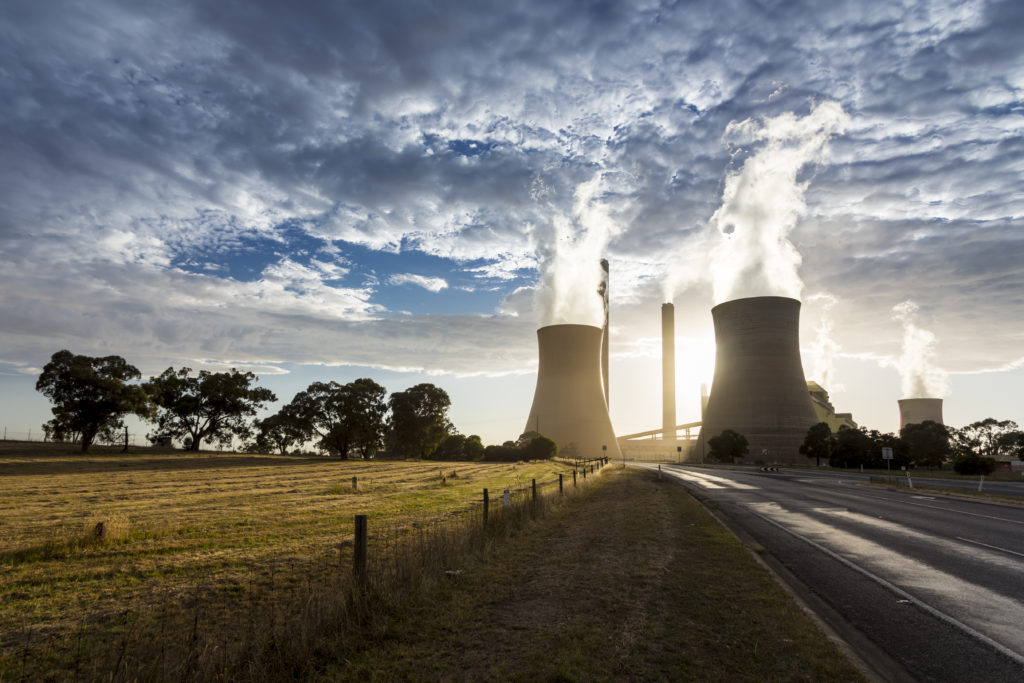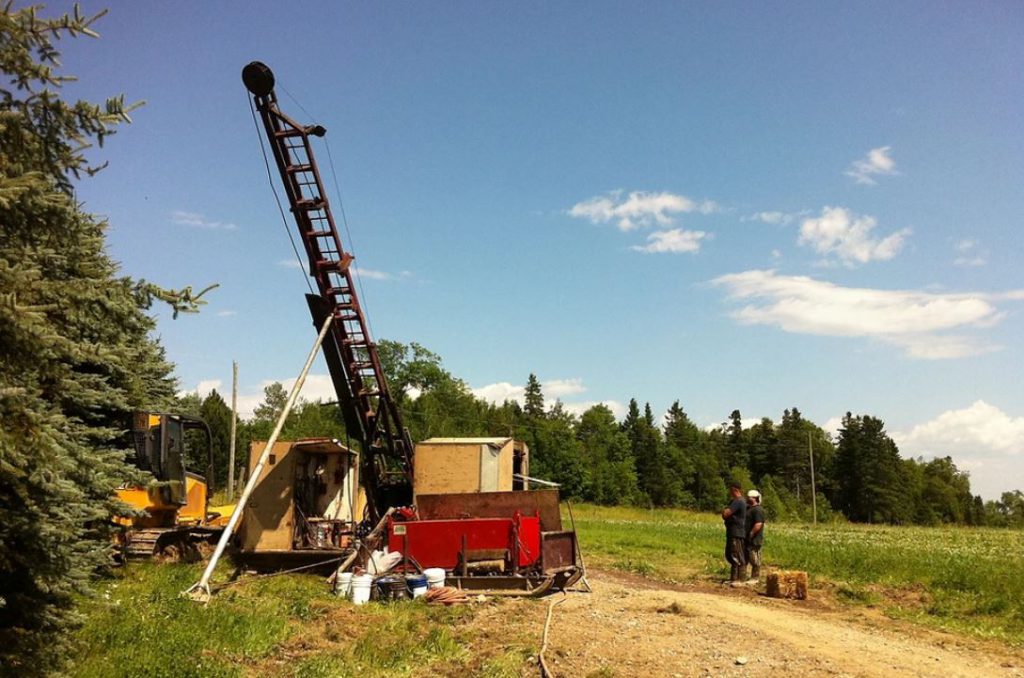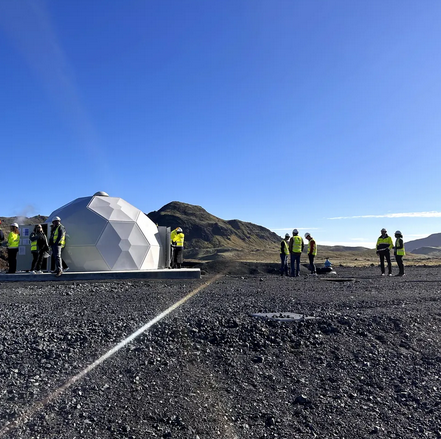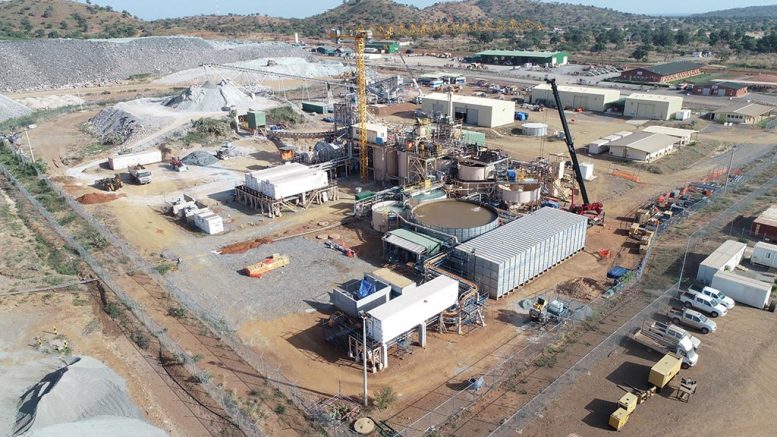Op-Ed: A realistic path for improved carbon performance in mining

The demand for improved environmental and social governance (ESG) continues to intensify. Of the many issues that ESG covers, it is carbon emissions that are receiving the most attention due to the fight to prevent further climate change. For miners, this same issue happens to be the most problematic.
Investors with deep pockets and major market influence are pushing for miners to adopt aggressive carbon reduction plans. So wide-ranging are some of these plans, it raises questions about how that realistic the goals are.
Let’s look at the Sectoral Decarbonization Approach published last year by the Transition Pathway Initiative (TPI) — a global initiative led by asset owners and supported by investors managing over $26 trillion of assets.
The stated goal of the TPI’s approach for miners is to “assess the carbon performance of the diversified mining sector by comparing companies within each sector against each other and against sector-specific benchmarks representing alignment with international emissions targets”.
The idea of clear, universal expectations on carbon performance, and a level playing field for all miners, represents an ideal path for the industry. However, this is a complex issue.
Comparing apples to apples
The TPI, along with others seeking simplicity, like government regulators, want to use a copper equivalent metric. In other words, treating materials on a cost-equivalent basis regardless of their function.
On the surface this presents a single, standardized platform against which all miners can be measured. However, the danger is that it makes some commodities look more valuable, or at least more environmentally friendly, than others. The reality is that they’re fundamentally different.
The easy way to think about this is considering your grocery cart as being full of apple-equivalents. It doesn’t make sense to say that laundry detergent is equivalent to apples just because they are both $2.00 per lb. because they fulfill different functions. How they are priced, and their relative environmental impacts, is irrelevant because apples don’t clean clothes, and you shouldn’t eat detergent.
Using a global standard is a viable approach for showing the relative carbon impacts of different materials, but it should not be used as a ranking metric for development of regulations or even comparison of companies
For metals, we have the same issue. Copper doesn’t store energy in batteries, and nickel doesn’t make good electrical wiring. Creating an equivalency basis risks creating a value judgment that nickel, with an average carbon intensity of 15 tonnes CO2e per tonne nickel (15t/t nickel) and a price of 2x copper tonnes CO2e per tonne copper-equivalent (7.5 t/t copper-equivalent), is somehow “worse” than copper, with an average carbon intensity of 4 tonnes CO2e per tonne copper (4 t/t copper).
You also have to factor in the processing. For example, leaching and electrowinning or smelting and electro-refining of copper is easy and low-energy compared to nickel or cobalt, which are easier than magnesium. Every commodity has its own metrics. If you just a blended intensity and apply a carbon price, you potentially end up in a situation in which, for example, copper miners make money by operating below the intensity metric but nickel or cobalt miners essentially pay the companies who make copper since they cannot physically operate below a blended carbon intensity.
So, you can create that kind of a metric, but you have to be incredibly careful how you use it, because nickel is not the same as copper, it’s not used for the same purposes, and you shouldn’t compare them on an apples-to-apples basis.
Using a global standard is a viable approach for showing the relative carbon impacts of different materials, but it should not be used as a ranking metric for development of regulations or even comparison of companies. I think we all understand we would not devalue Pfizer if we discovered that their Covid-19 vaccine had a GHG intensity of 100,000 tonnes/tonne vaccine. Necessary materials are necessary and need to be produced.
Let’s talk about scope
Carbon emissions are divided into three scopes. Scope 1 covers direct emissions from your controlled/owned sources. Scope 2 covers indirect emissions from the services you have purchased, such as power and heat. Scope 3 includes all of the remaining indirect emissions in your value chain.
As we move towards a low carbon future, miners should absolutely be held to account for the emissions they are responsible for. However, the mining sector is going to be extremely challenged to meet the de-carbonization pathways outlined when it comes to Scope 3.
The concept that most mining companies should have control and knowledge over all of their inputs and over what’s done with all of their outputs, is beyond what can be delivered by most miners.
For instance, some commentators point to the environmental issues associated with steel, with the associated suggestion that miners should accept responsibility for lowering emissions downstream.
However, an iron ore miner doesn’t make steel, nor does it control how steel is made or by whom it’s made. Commodities are neutral, they are open to the market and anybody can buy them. Sure, you can control who your customers are, you can refuse to sell to some people. However, that’s not a great strategy for a company that wants to stay in business and the odds are, if one miner does step up to the mark in this way, there will be plenty of others who will sell to one and all. In other words, it doesn’t help the planet.
Arguably, a more effective approach for lowering emissions associated with mined materials is for governments, investors and even end users, to push for lower emissions at the processing and manufacturing level as well as at the mining level, leaving mining companies to focus on providing the raw materials in the most responsible way possible.
The concept that most mining companies should have control and knowledge over all of their inputs and over what’s done with all of their outputs, is beyond what can be delivered by most miners
Limiting Scope 1 and 2
As miners know, everything starts with the deposit. Location, deposit type, geology, local and regional infrastructure, and so on. There are a lot of factors governing the economics, and the cost of emissions, for mining an ore body.
Wherever possible, the philosophy of reduce, reuse, recycle and re-purpose should be pursued aggressively. For example:
- Minimize energy use in design — choose energy efficient equipment (grinding rolls instead of SAG mills), convey solids rather than pumping slurry.
- Reduce site emissions through design and equipment use — electrify as much of the facility as you can if you have low-carbon electricity supply — i.e. mine drills and shovels, look at trolley-assist trucks and in-pit conveying.
- Obtain the lowest-impact energy sources — spend the dollars to connect to low carbon electricity if available; consider LNG or hydrogen for mining haul trucks instead of diesel if you can’t get BEV at the necessary equipment scale
- Abate emissions as effectively as you can without jeopardizing the business or other EH&S priorities
However, it needs to be accepted that, for existing mines, the extent to which emissions can be abated will have limitations — some of which will be almost impossible to overcome.
As an industry, we need to focus on delivering the materials the world demands in the most environmentally responsible way possible. That may not mean abandoning current assets, or divestment — because that doesn’t actually reduce emissions, it just re-allocates them. An interesting example here is the recent announcement by Atco that it reduced its GHG emissions by 90%, by selling its power generation business. The sale helps Atco but doesn’t actually help the planet.
So, for existing producers, reducing actual emissions as much as possible should be a priority and, whatever cannot be abated internally could be offset using carbon credits obtained through valid, verifiable offset projects.
However, when it comes to developing new mines, it is clear that emissions need to play a greater role in determining what does and does not end up in production. For example, ore bodies like sulphide deposits are inherently less energy intensive than others and some, such as ultramafic host rock deposits, even possess natural carbon sequestration of a significant nature if processed correctly. Such deposits, particularly those in mining friendly locations, should be prioritized over others.
And what about Scope 3?
As mentioned, miners, like most commodity providers, have little control over what happens to our product after it leaves our care and it is not realistic to force the industry to police emissions all the way down the value chain. However, that doesn’t mean we are absolved of all responsibility. Reducing carbon emissions is a global problem and it is for everyone to play their part within the realm of what is possible.
There should be increased industry-wide and cross-industry collaboration to solve some of the challenges in moving to low emission mining. An excellent example of this is the Charge On Innovation Challenge launched by Rio, BHP and Vale — an Austmine facilitated “global competition for technology innovators to develop new concepts for large-scale haul truck electrification systems to help significantly cut emissions from surface mine operations and unlock safety, productivity, and operational improvements.”
We should be advocating for reductions in demand for our products — something the fertilizer community has implemented with great success. They have developed a program that incentivizes farmers to use less fertilizer, to use it more responsibly, and to reduce GHG emissions from fields and runoff into waterways.
We should also be prepared to modify our products to meet improved processing methods. An iron-ore company doesn’t make steel, so won’t be at the forefront of hydrogen use for direct-reduction iron, but if that method requires a change in the iron ore product they provide, they have to be willing to make those changes to support the improvements in downstream processing.
When it comes to emissions, the mining sector has to change. Let’s make sure we change it in the right way.
Anthony Milewski has spent his career in various aspects of the mining industry, including as a company director, advisor, founder and investor. In particular, he has been active in commodities related to decarbonization and energy transition, including nickel, cobalt, copper and carbon credits. He has served on the London Metals Exchange Cobalt Committee. He has lived and worked in Africa and Russia, including a year as a Fulbright scholar, and has spent considerable time in Central Asia. Mr. Milewskii holds a B.A. in Russian history from Brigham Young University, an M.A. in Russian and Central Asian Studies from the University of Washington, and a J.D. from the University of Washington.
(This article first appeared in The Northern Miner)
More News
Manganese X poised to begin pre-feasibility study at Battery Hill
April 11, 2025 | 02:39 pm
Carbon removal technologies could create tens of thousands of US mining and quarry jobs – report
April 11, 2025 | 01:33 pm
{{ commodity.name }}
{{ post.title }}
{{ post.date }}




Comments